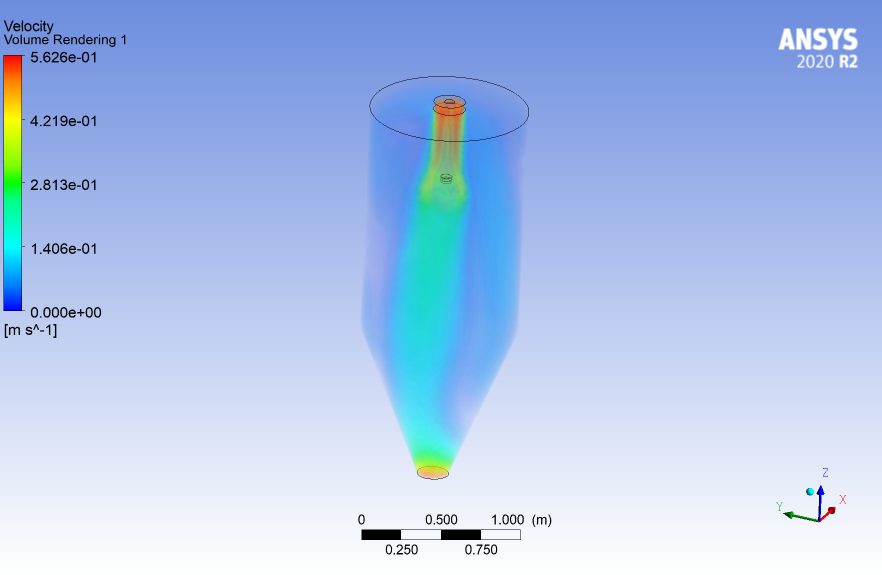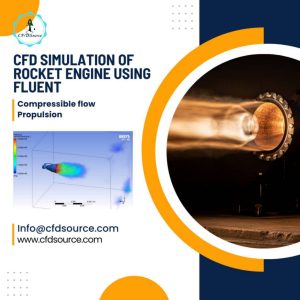ANSYS Fluent Course: Fluid dynamics is an integral part of numerous industries, from automotive and aerospace to environmental science and energy. Understanding and analyzing fluid behavior is vital in optimizing designs and solving real-world engineering problems. The ANSYS Fluent course offers a comprehensive solution for learning the intricacies of fluid dynamics simulations. In this essay, we will delve into the world of ANSYS Fluent, exploring its importance, features, and the benefits of mastering this software.

Introduction to ANSYS Fluent Course
The ANSYS Fluent course is an indispensable gateway into the world of fluid dynamics simulation, a field that has widespread applications across various industries. Fluid dynamics is the study of how liquids and gases move, and understanding these behaviors is crucial for optimizing designs, solving complex engineering problems, and making informed decisions. ANSYS Fluent, a software package renowned for its accuracy and versatility, empowers engineers and scientists to simulate fluid flow, heat transfer, chemical reactions, and other phenomena with remarkable precision.
This course offers a structured and comprehensive approach to learning the intricacies of fluid dynamics simulation, making it accessible to both beginners and experienced professionals. By delving into the ANSYS Fluent course, individuals embark on a journey that equips them with the essential skills to master fluid dynamics simulations, thereby enhancing their problem-solving capabilities and career prospects in a variety of engineering disciplines.
Importance of Fluid Dynamics Simulation
Fluid dynamics simulation is not merely a niche field; it is a linchpin of various industries that rely on the understanding and control of fluid behavior. Consider, for example, the automotive industry, where optimizing aerodynamics and fuel efficiency is paramount. Fluid dynamics simulations help engineers design cars that cut through the air with minimal resistance, resulting in improved gas mileage and reduced carbon emissions. In aerospace, where safety is a top priority, fluid dynamics simulations play a pivotal role in designing aircraft that can withstand turbulent conditions and still provide a comfortable journey for passengers. Moreover, energy production benefits immensely from fluid dynamics knowledge.
Engineers use simulations to improve the efficiency of power plants, whether they run on fossil fuels, nuclear energy, or renewable sources. By simulating fluid flow and heat transfer, they can minimize energy losses and reduce environmental impact. These are just a few examples, but the implications of fluid dynamics simulation extend into countless other domains, from environmental science and construction to pharmaceuticals and consumer products. In a world where efficiency, safety, and sustainability are paramount, the importance of fluid dynamics simulation cannot be overstated.
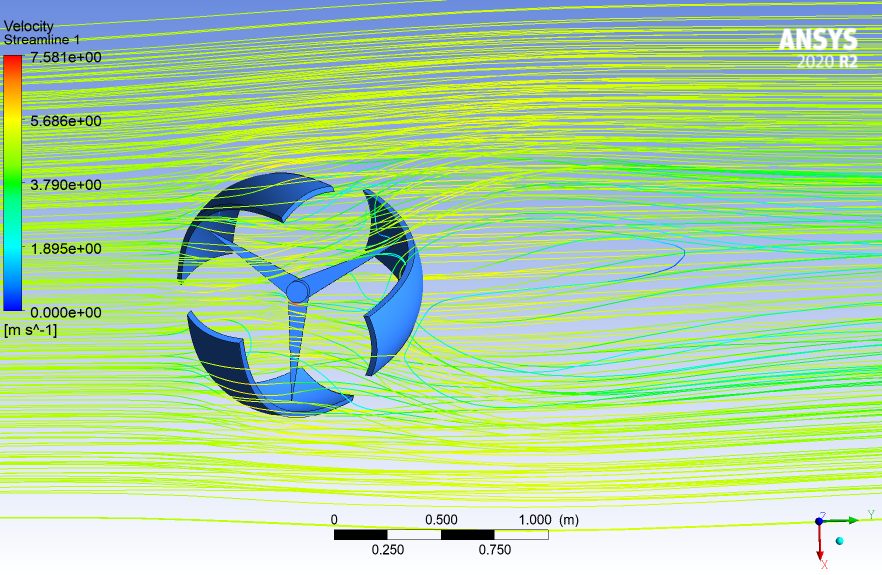
Getting Started with ANSYS Fluent
The journey into the realm of fluid dynamics simulation through ANSYS Fluent begins with understanding the software’s interface and navigation. A user-friendly interface is a fundamental aspect of the software’s appeal, as it ensures that both novices and experts can harness its capabilities. Upon launching ANSYS Fluent, users are greeted with an intuitively designed workspace, complete with toolbars and menus that streamline the simulation process. The navigation, characterized by its simplicity and logic, makes it easy to access the various modules and tools.
This is particularly beneficial for those new to the software, as it minimizes the learning curve. Users can efficiently move between different tasks and features, ensuring a seamless workflow. This approach to user-friendliness is a cornerstone of ANSYS Fluent’s success, and it ensures that engineers and scientists can dive right into the world of fluid dynamics simulation without getting bogged down by the complexities of the software itself.
User Interface and Navigation
In the realm of complex engineering software, a user-friendly interface can be a game-changer. ANSYS Fluent excels in this regard. Its interface is thoughtfully designed to enhance productivity and user experience. The software features a well-organized workspace that allows users to access the tools and functionalities they need with ease. The menus and toolbars are logically structured, making it straightforward to navigate the software.
Engineers and scientists can quickly locate the specific features they require for their simulations, streamlining the entire process. Whether you’re an experienced user or a beginner, ANSYS Fluent’s user interface ensures that you can work efficiently and effectively. This ease of use is a crucial factor in the software’s popularity; it opens the doors to fluid dynamics simulation for a wide range of professionals, from seasoned experts to students who are just beginning their journey into the world of fluid dynamics.
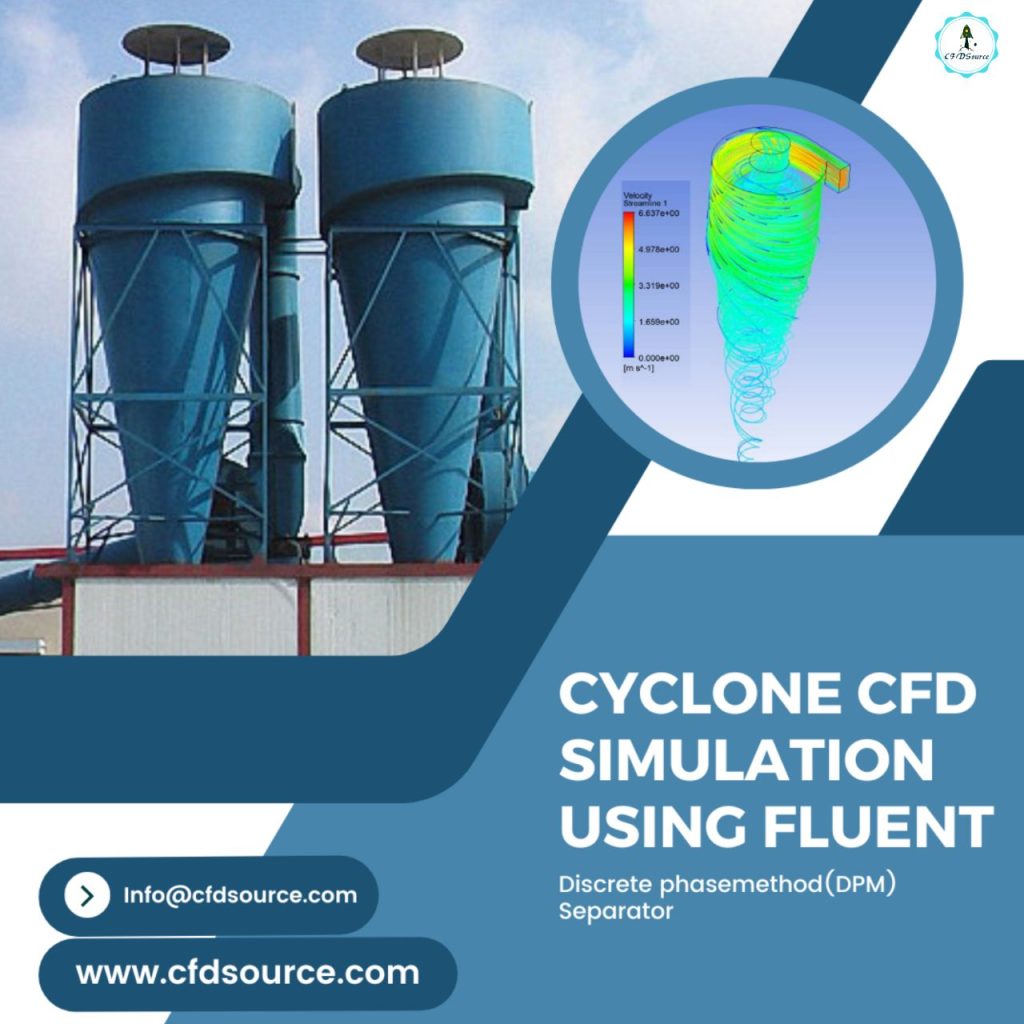
Setting up a New Simulation Project
Creating a new simulation project in ANSYS Fluent is a pivotal step in harnessing the power of fluid dynamics simulation. This process involves defining the problem, configuring the simulation parameters, and selecting the appropriate physics models. It’s here that the foundation of your simulation is laid, and the accuracy and relevance of your results depend on the choices you make. ANSYS Fluent provides a user-friendly and comprehensive interface for defining the simulation’s objectives. You can specify the type of analysis you wish to conduct, whether it’s fluid flow, heat transfer, or multiphase modeling.
Setting up the problem is a highly intuitive process, aided by prompts and drop-down menus that guide you through the necessary configurations. You can define boundary conditions, initial conditions, and any additional physics models required to simulate the real-world behavior of fluids. By providing such a robust and structured framework for problem definition, ANSYS Fluent ensures that users can accurately represent the fluid dynamics scenarios they aim to analyze.
Geometry Import and Cleanup
In the realm of fluid dynamics simulation, geometry is the foundation upon which your entire project rests. Accurate and efficient geometry handling is essential, and ANSYS Fluent offers an array of tools to simplify this process. Engineers often need to work with complex and intricate geometries, such as those of vehicles, pipelines, or intricate engineering components. ANSYS Fluent allows for the direct import of 3D CAD models from various design software, streamlining the geometry setup. Once imported, users can employ a suite of geometry cleanup tools to simplify and enhance the geometry for analysis.
This involves tasks like removing small features, simplifying complex surfaces, and creating watertight models. Such preparatory steps are crucial for generating high-quality mesh, which, in turn, ensures accurate simulations. ANSYS Fluent’s focus on geometry cleanup not only saves time but also enhances the accuracy of your simulations, ensuring that your results reflect real-world scenarios with a high degree of fidelity.
Boundary Conditions and Meshing
Accurate representation of boundary conditions is a critical aspect of fluid dynamics simulation. It determines how a system interacts with its surroundings and plays a significant role in the precision of your results. ANSYS Fluent offers a versatile framework for setting up boundary conditions, enabling users to specify the behavior of fluids at inlet and outlet points, walls, and other interfaces. By defining these conditions accurately, you can ensure that your simulation mirrors the real-world system you aim to analyze. Meshing, on the other hand, divides the computational domain into discrete elements to facilitate the numerical solution of fluid dynamics equations.
ANSYS Fluent provides powerful meshing capabilities, allowing users to generate high-quality meshes with structured or unstructured grids. The mesh controls are highly customizable, giving you the flexibility to refine your mesh for areas of particular interest or complexity. Proper meshing is crucial for obtaining reliable and accurate results, and ANSYS Fluent’s comprehensive meshing tools ensure that you can fine-tune your mesh to meet the specific needs of your simulation.
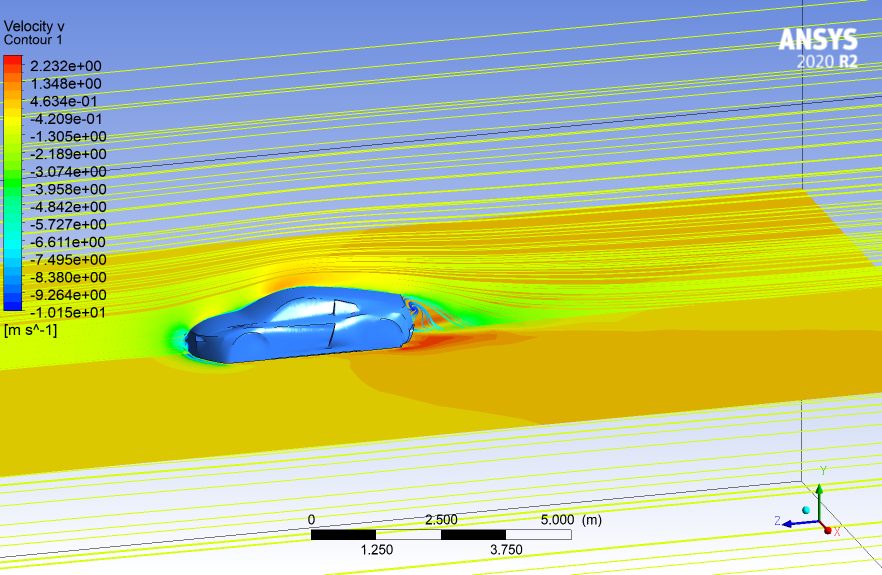
Solvers and Models in ANSYS Fluent
Once your geometry is prepared, boundary conditions are set, and the mesh is generated, you’re ready to dive into the heart of the simulation process. ANSYS Fluent provides a wide range of solvers and models, each tailored to specific fluid dynamics scenarios. Solvers are responsible for solving the mathematical equations that govern fluid behavior, while models define the physical properties and interactions of the fluid. The software covers various scenarios, including laminar and turbulent flows, compressible and incompressible flows, combustion, multiphase flows, and heat transfer.
Whether you’re modeling the aerodynamics of an aircraft or the combustion in an internal combustion engine, ANSYS Fluent has you covered. The software’s extensive library of models and solvers allows you to select the ones that best match your simulation requirements. It’s this adaptability and comprehensiveness that makes ANSYS Fluent a versatile tool for engineers and scientists working across diverse industries. By choosing the appropriate solver and model, you can accurately represent and analyze the fluid dynamics phenomena specific to your project, ensuring that your simulations provide valuable insights and solutions.
Running Simulations and Monitoring Progress
The execution of simulations and the continuous monitoring of their progress are pivotal stages in the fluid dynamics analysis process. ANSYS Fluent offers a user-friendly environment for running simulations, allowing you to control various aspects of the simulation process. Once you’ve configured the solver and defined boundary conditions, you can initiate the simulation run. ANSYS Fluent provides options for both steady-state and transient simulations, catering to a wide range of scenarios.
As the simulation progresses, real-time data on parameters such as pressure, velocity, and temperature can be monitored to ensure convergence and solution stability. This monitoring capability allows you to intervene if convergence issues arise, ensuring that the simulation continues towards accurate results. Simulations may need to run for hours or even days, and ANSYS Fluent’s ability to run simulations unattended, combined with robust progress monitoring, ensures efficient and effective utilization of computational resources.

Post-Processing and Results Interpretation
Once the simulation run is complete, the next crucial step is post-processing and results interpretation. ANSYS Fluent provides an extensive suite of post-processing tools to visualize, analyze, and interpret the simulation results. These tools allow you to generate graphical representations of the data, such as contour plots, vectors, and streamlines. You can also extract specific data points, create plots, and generate animations to better understand the behavior of fluids in the simulated system. Post-processing is not just about visualization; it’s about deriving valuable insights from the simulation results.
Engineers and scientists can compare simulation data to experimental data or theoretical predictions, helping to validate the accuracy of the simulation. Additionally, post-processing tools assist in identifying trends, anomalies, and critical parameters. This step is instrumental in making informed decisions, optimizing designs, and solving real-world engineering problems. ANSYS Fluent’s comprehensive post-processing capabilities ensure that users have the necessary tools to analyze and interpret their simulations effectively.

Conclusion
In conclusion, ANSYS Fluent is a powerful and versatile tool that unlocks the complexities of fluid dynamics simulation. It empowers engineers, scientists, and students to analyze, optimize, and solve real-world engineering challenges across a spectrum of industries. Fluid dynamics simulation is a linchpin for efficiency, safety, and sustainability, and ANSYS Fluent is at the forefront of this field. The software’s user-friendly interface, robust features, and extensive capabilities make it accessible to both beginners and experienced professionals. By taking an ANSYS Fluent course, individuals can propel their careers to new heights, gaining expertise that is highly sought after in the job market.
ANSYS Fluent Course: The benefits of mastering ANSYS Fluent are numerous, ranging from career opportunities to the ability to contribute to solving critical engineering problems. Success in learning ANSYS Fluent hinges on practice, seeking guidance, exploring real-world applications, and staying updated with the latest features. With these elements in place, individuals can harness the full potential of ANSYS Fluent, revolutionizing their approach to fluid dynamics simulation.
